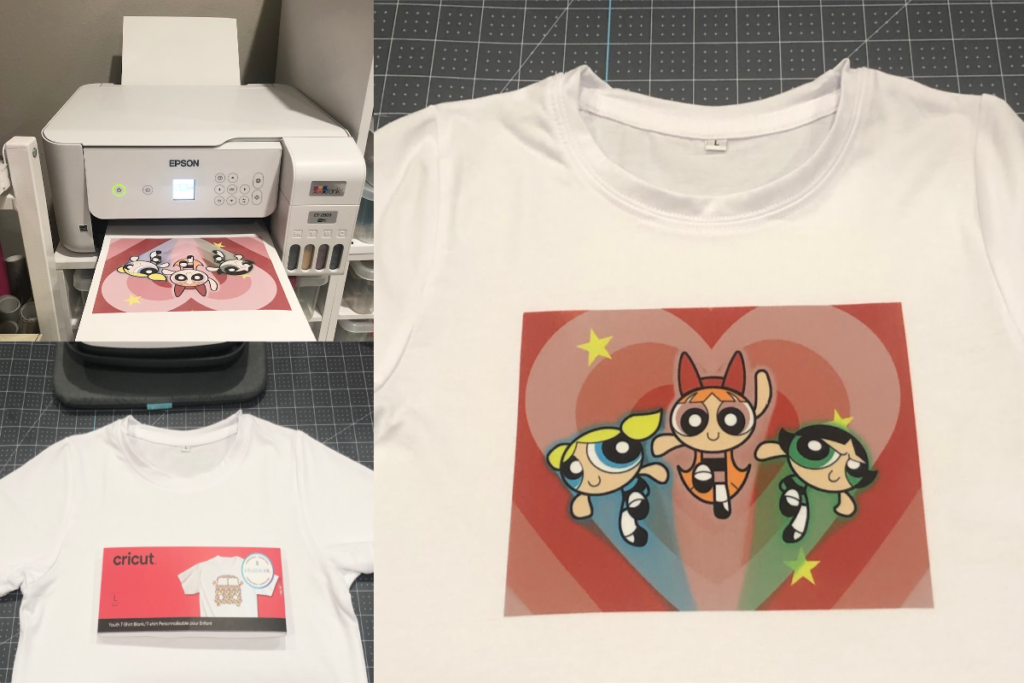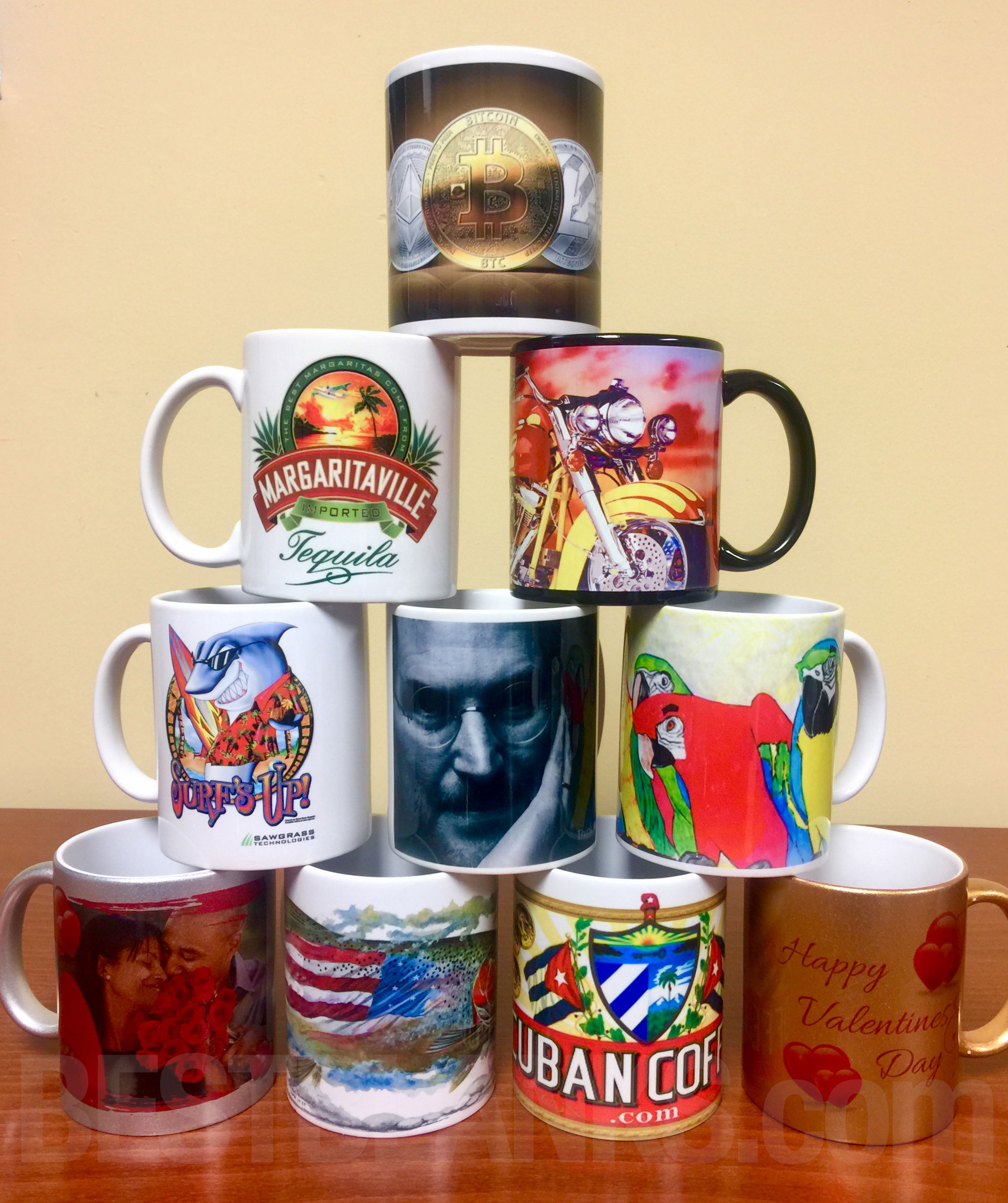Raise Your Layouts with DTF Printing: A Comprehensive Guide
Wiki Article
The Surge of DTF Printing: Exploring Its Advantages and Applications
The appearance of Straight to Film (DTF) printing modern technology is changing the custom-made apparel sector, supplying noteworthy benefits and a broad array of applications. As the cravings for customized goods proceeds to expand, recognizing exactly how DTF printing can meet these progressing needs is significantly important.
Comprehending DTF Printing Technology
Comprehending DTF Printing Technology notes a significant improvement in the fabric printing market, especially for its versatility and effectiveness. Direct-to-Film (DTF) printing is an advanced procedure that involves printing styles onto unique transfer movies, which are then transferred onto textile using warm and pressure. Unlike conventional approaches, DTF printing does not require pre-treatment of the fabric, making it possible for an extra streamlined process.
When treated, the movie is positioned onto the textile, and a warmth press transfers the layout by applying constant warm and stress. This causes vivid, high-quality prints that adhere perfectly to various fabric kinds, consisting of cotton, polyester, and blends (Branded clothing). The modern technology's capacity to produce elaborate and vibrant layouts with marginal configuration makes it a game-changer in the fabric printing sector
Secret Benefits of DTF Printing
Among the crucial benefits of DTF printing is its extraordinary flexibility, which permits high-grade prints on a wide variety of textile types. This capability expands beyond typical cotton to consist of polyester, nylon, leather, and also blended textiles, making it optimal for varied textile applications. This adaptability minimizes the need for several printing technologies, simplifying production processes and decreasing total costs.
One more substantial benefit is the remarkable print high quality that DTF technology provides. By using lively, sturdy inks and accurate application methods, DTF prints preserve their color fidelity and sharpness even after various cleans. This causes an item that not only looks expert but likewise stands the examination of time, providing constant worth to both end-users and makers.
Moreover, DTF printing uses a streamlined workflow, which can result in boosted performance and productivity. Unlike conventional techniques such as display printing, DTF does not call for complex configuration or substantial drying out times. This ease of use makes it an appealing choice for organizations of all sizes, permitting quicker turnaround times and the capability to manage tiny to huge manufacturing keeps up marginal hassle.
Applications in Customized Clothing
In the world of custom-made clothing, DTF printing sticks out as a game-changing innovation that allows designers and manufacturers to generate bespoke garments with unmatched information and high quality. Direct-to-film (DTF) printing has revolutionized the personalized garments market by providing adaptability in layout, vibrant color recreation, and toughness. This ingenious method enables complex designs to be moved onto a broad array of textiles without jeopardizing the integrity of the product.
One significant application of DTF printing remains in producing custom tees, hoodies, and sportswear. The capacity to print intricate graphics with fine information and gradients makes it ideal for individualized clothes, such as group uniforms and advertising product. DTF printing is specifically beneficial for limited-run orders and one-off items, supplying a efficient and affordable option contrasted to standard display printing methods (Branded clothing).
Furthermore, DTF printing has actually opened new methods for designer to explore unique patterns and textures, allowing the production of cutting-edge, progressive collections. This technology likewise supports local business and independent artists by reducing the barriers to entrance in the custom-made garments market. Inevitably, DTF printing is improving the landscape of custom-made garments, combining imaginative expression with technological advancement.
Flexibility Across Different Materials
Building on the developments in custom-made clothing, DTF printing's adaptability throughout different materials even more enhances its appeal. Unlike traditional printing approaches, DTF (Direct-to-Film) printing can be related to an extensive series of substrates, including cotton, polyester, blends, leather, and also tough surface areas like timber and glass. This versatility is accomplished through the unique procedure where layouts are published onto a special film and afterwards moved onto the product using a heat press. This permits vivid, high-grade prints that preserve their stability across various appearances and structures.The capability to publish on varied materials screen printing opens numerous opportunities for companies throughout different sectors. In the marketing items industry, firms can customize a large range of things, from tote bags and caps to cups and phone situations, all with the very same printing innovation. In the style industry, DTF printing allows developers to try out detailed patterns and vibrant colors on unusual fabrics, pushing the borders of creativity.
Furthermore, DTF printing's compatibility with different products additionally converts to cost-efficiency and reduced waste, as producers can utilize the exact same tools for numerous applications. This versatility not only widens the extent of item offerings yet also enhances operational effectiveness.
Future Leads of DTF Printing
As the marketplace evolves, the future prospects of DTF printing are poised to transform different markets with continual technology and technical advancements. The surge in demand for customized apparel and promotional goods is driving the need for more efficient, versatile, and affordable printing methods. DTF printing, with its ability to produce top quality, resilient prints on a wide variety of materials, stands at the leading edge of this change.
Emerging trends indicate that DTF printing will increasingly incorporate with automation and AI modern technologies, improving production speed and reducing labor prices. Advanced software program options will certainly even more optimize layout accuracy, color matching, and print consistency, addressing several of the present restrictions. Additionally, eco-friendly inks and recyclable transfer movies are anticipated to acquire grip, straightening with worldwide sustainability goals.
Industries past textiles are also discovering the capacity of DTF printing. The technology's flexibility makes it appropriate for applications in home décor, auto insides, and even clinical devices. As study and advancement efforts remain to expand, the extent of DTF printing will likely broaden, opening up new methods for industrial and imaginative applications. In summary, the future of DTF printing is intense, appealing significant advancements and wider industry adoption.
Final Thought

Understanding DTF Printing Innovation marks a significant development in the textile printing industry, particularly for its versatility and efficiency. Direct-to-Film (DTF) printing is an advanced process that involves printing layouts onto unique transfer movies, which are after that transferred onto fabric using heat and stress. DTF printing is specifically useful for one-off items and limited-run orders, offering a efficient and cost-effective option compared to typical display printing techniques.
Unlike traditional printing approaches, DTF (Direct-to-Film) printing can be used to a comprehensive range of substratums, including cotton, polyester, blends, leather, and also hard surface areas like wood and glass.DTF printing technology is changing the custom-made apparel sector by giving efficient, economical, and versatile options for creating dynamic designs on numerous textiles without pre-treatment.
Report this wiki page